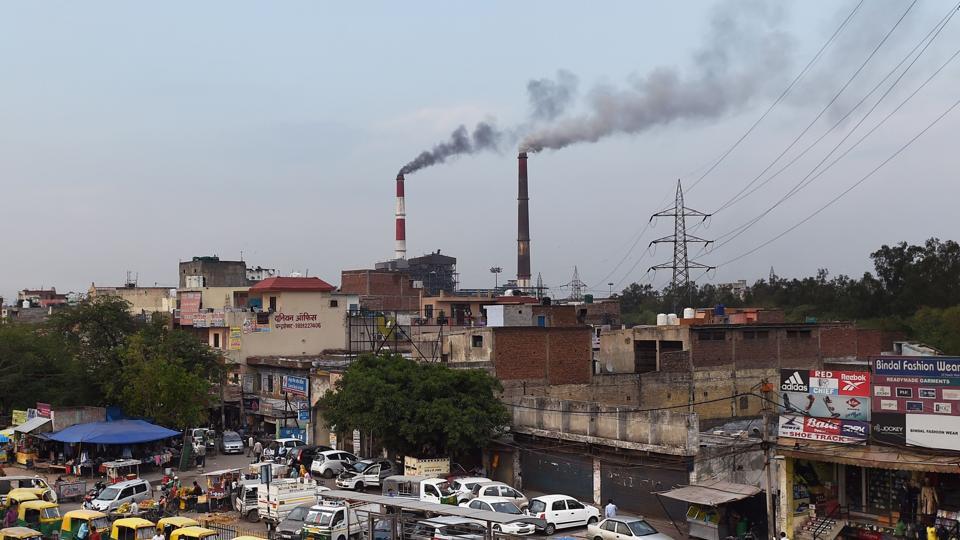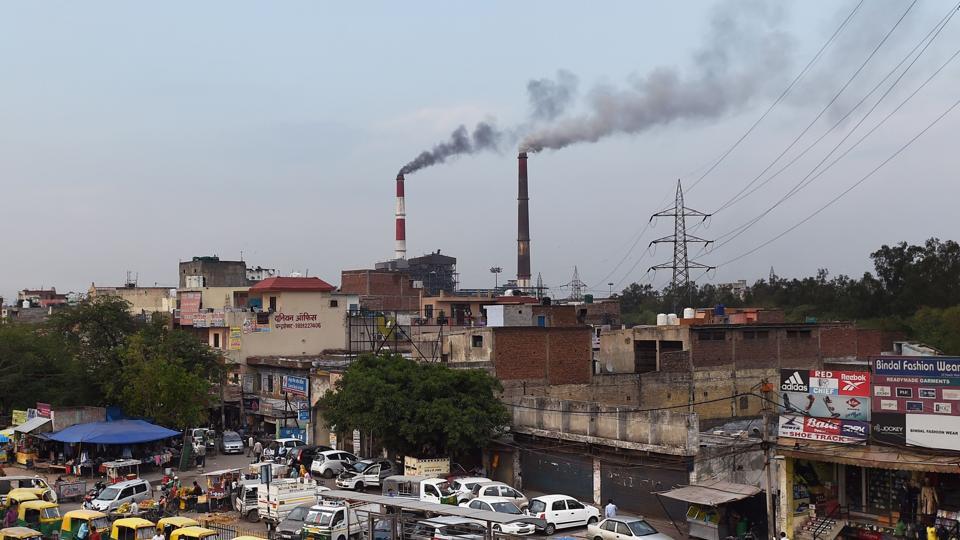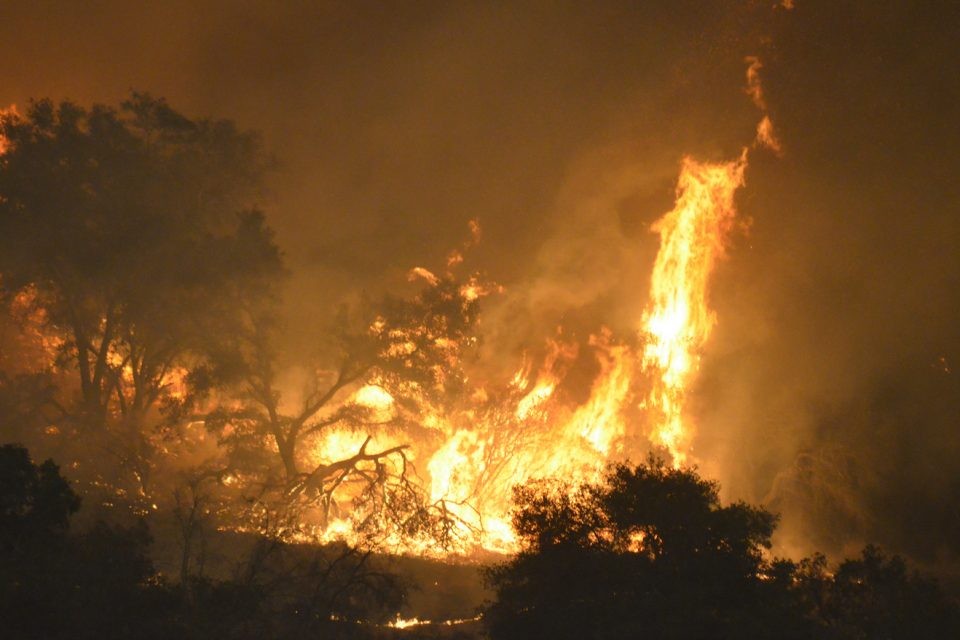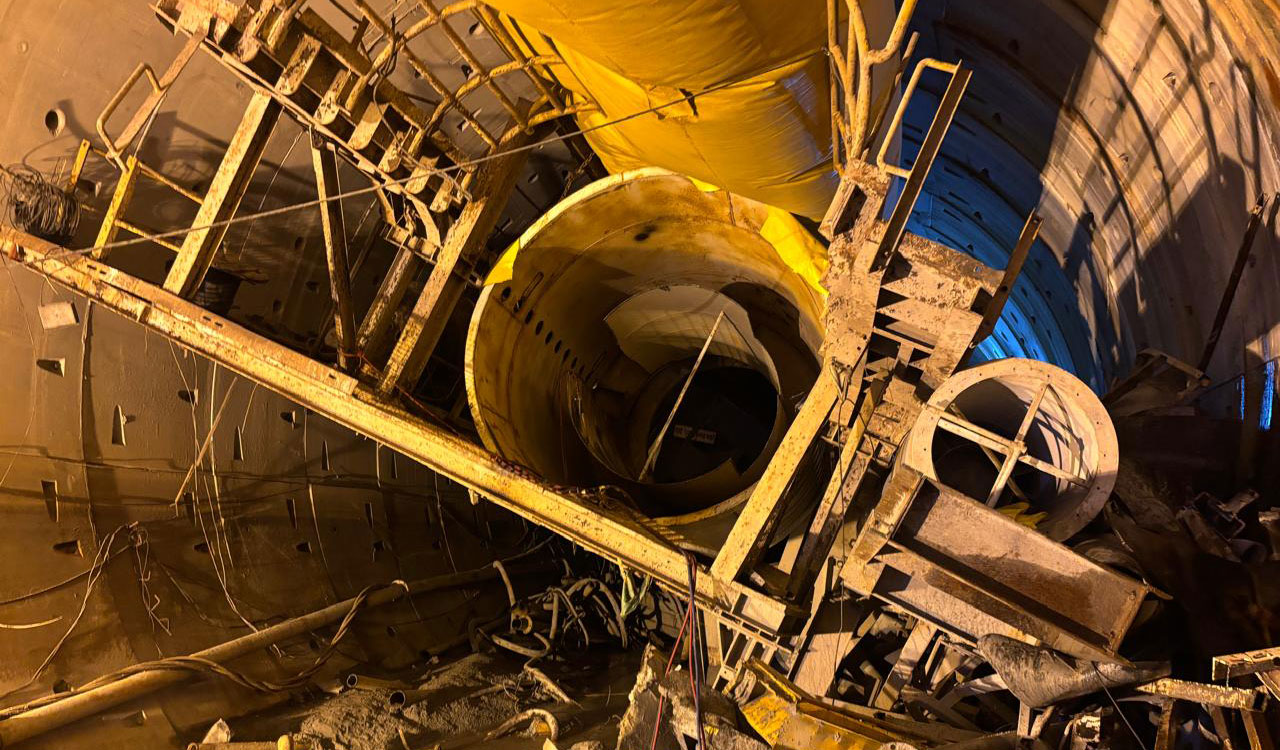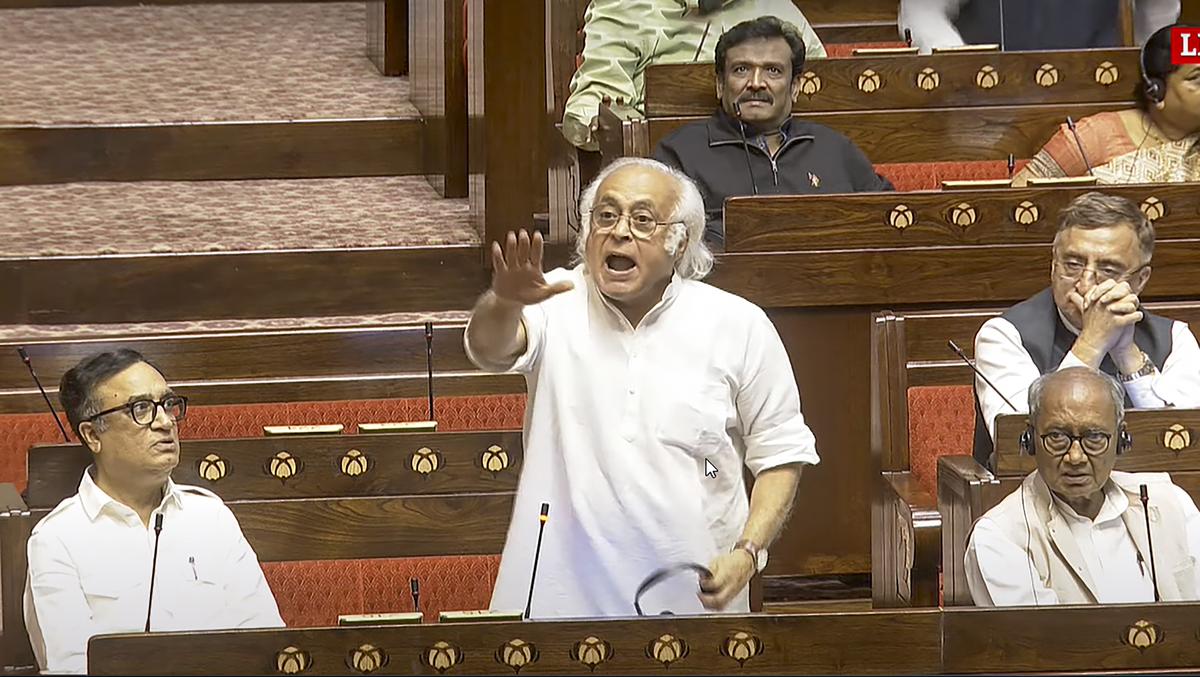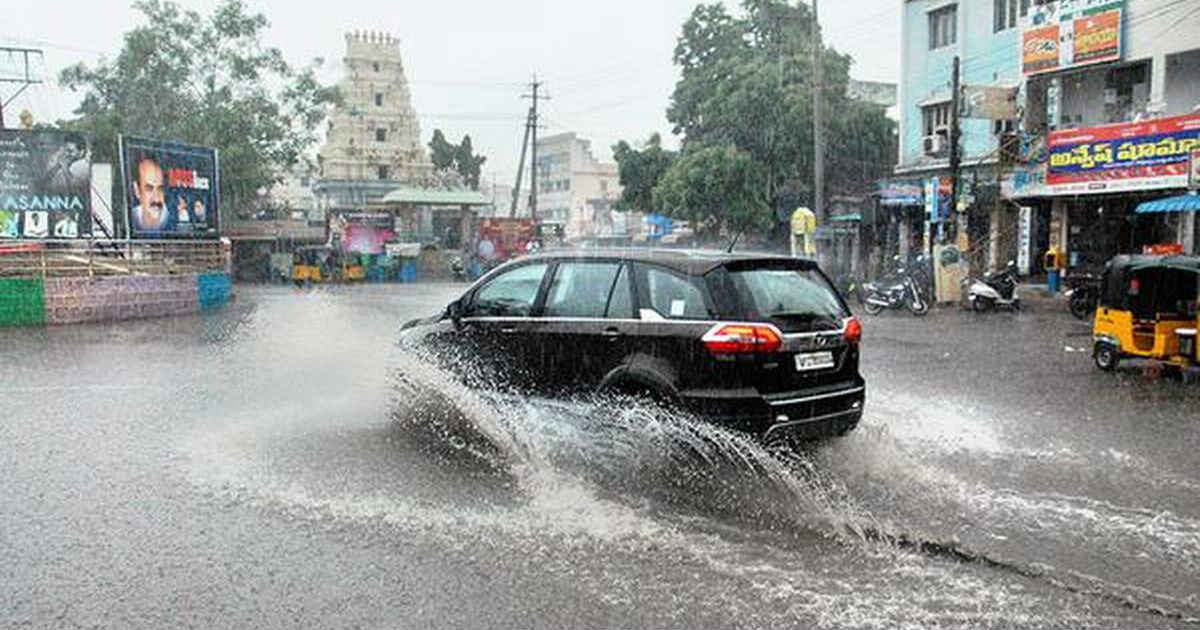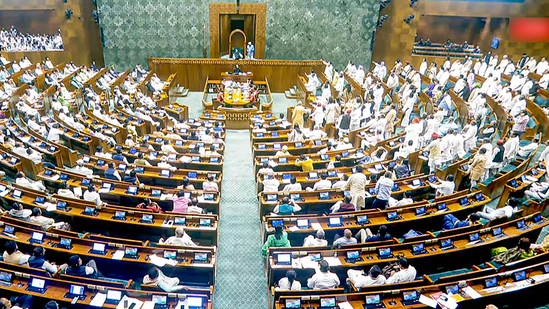India becoming world's top sulphur dioxide emitter: study
Fri 10 Nov 2017, 13:10:51
India's emissions of the air pollutant sulphur dioxide increased by 50 percent since 2007, while China's fell by 75 percent, claims a study which found that India is yet to implement emission controls like its neighbour.
The study led by researchers at the University of Maryland in the US suggests that India is becoming, if it is not already, the world's top sulphur dioxide emitter.
Sulphur dioxide is an air pollutant that causes acid rain, haze and many health-related problems. It is produced predominantly when coal is burned to generate electricity."The rapid decrease of sulphur dioxide emissions in China far exceeds expectations and projections," said Can Li, an associate research scientist at the University of Maryland.
"This suggests that China is implementing sulphur dioxide controls beyond what climate modellers have taken into account," said Li, first author of the study published in the journal Scientific Reports.
China and India are the world's top consumers of coal, which typically contains up to three percent sulphur, researchers said.Most of the two countries' sulphur dioxide emissions come from coal-fired power plants and coal-burning factories.
In particular, Beijing suffers from severe haze problems because of the many coal-burning factories and power plants located nearby and upwind.
Starting in the early 2000s, China began implementing policies such as fining polluters, setting emission reduction goals and lowering emissions limits.According to the results of the current study, these efforts are paying off.
"Sulphur dioxide levels in China declined dramatically even though coal usage increased by
approximately 50 percent and electricity generation grew by over 100 percent," said Li, who is also a research associate at NASA's Goddard Space Flight Center."This suggests that much of the reduction is coming from controlling emissions," said Li.
approximately 50 percent and electricity generation grew by over 100 percent," said Li, who is also a research associate at NASA's Goddard Space Flight Center."This suggests that much of the reduction is coming from controlling emissions," said Li.
Despite China's 75 percent drop in sulphur dioxide emissions, recent work by other scientists has shown that the country's air quality remains poor and continues to cause significant health problems.
This may be because sulphur dioxide contributes to only about 10 to 20 percent of the air particles that cause haze, according to Li.By contrast, India's sulphur dioxide emissions increased by 50 percent over the past decade. The country opened its largest coal-fired power plant in 2012 and has yet to implement emission controls like China, researchers said.
"Right now, India's increased sulphur dioxide emissions are not causing as many health or haze problems as they do in China because the largest emission sources are not in the most densely populated area of India," Li said.
"However, as demand for electricity grows in India, the impact may worsen," said Li.
To generate an accurate profile of emissions over India and China, the researchers combined emissions data generated by two different methods.
First, they collected estimated emission amounts from inventories of the number of factories, power plants, automobiles and other contributors to sulphur dioxide emissions.
The researchers' second data source was the Ozone Monitoring Instrument (OMI) on NASA's Aura satellite, which detects a variety of atmospheric pollutants including sulphur dioxide.
No Comments For This Post, Be first to write a Comment.
Most viewed from Specials
Most viewed from World
AIMIM News
Latest Urdu News
Most Viewed
May 26, 2020
Do you think Canada-India relations will improve under New PM Mark Carney?
Latest Videos View All
Like Us
Home
About Us
Advertise With Us
All Polls
Epaper Archives
Privacy Policy
Contact Us
Download Etemaad App
© 2025 Etemaad Daily News, All Rights Reserved.

